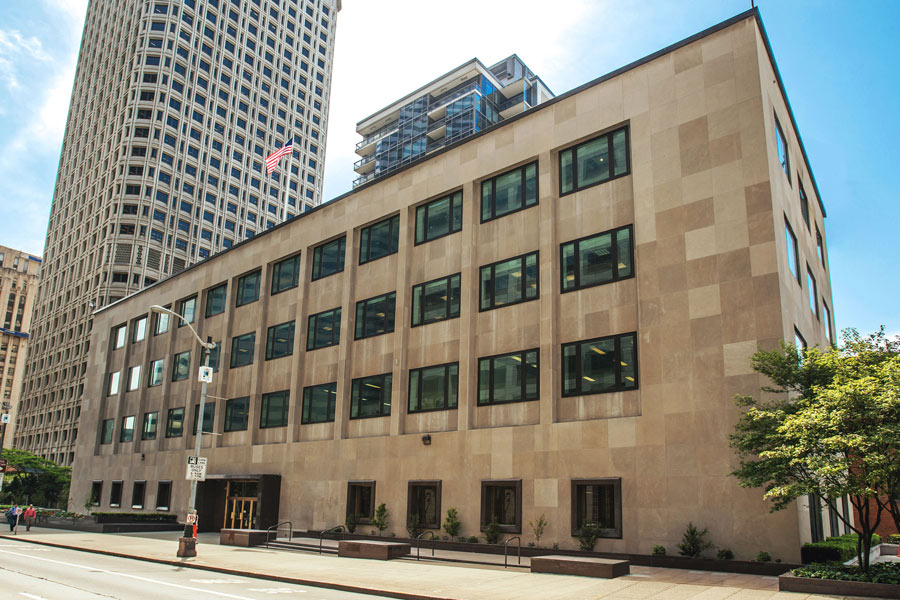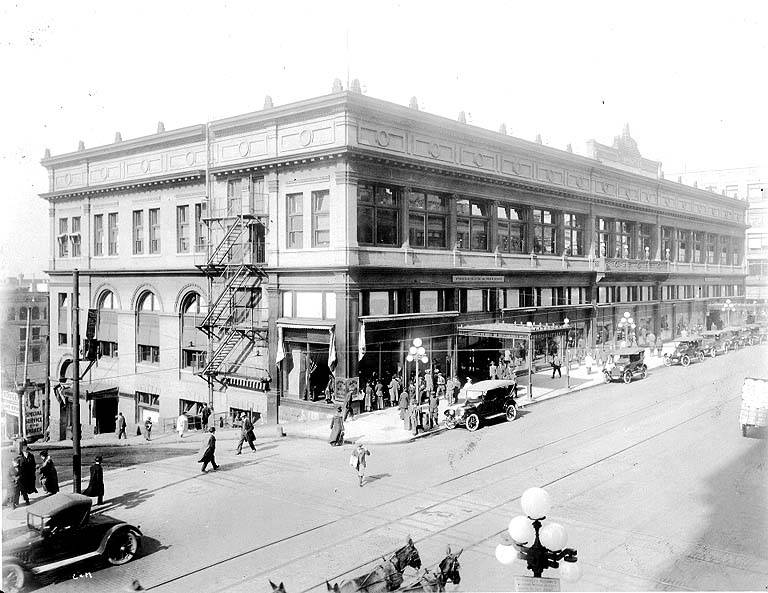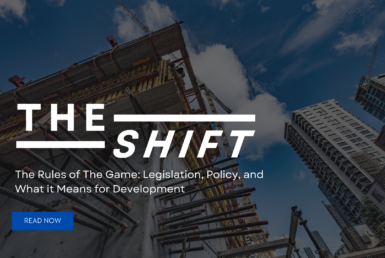A Brief History of Seattle’s Federal Reserve Bank

For over 60 years, the Federal Reserve Bank has been a celebrated landmark in Downtown Seattle. Formally known as the “Federal Reserve Bank of San Francisco, Seattle Branch,” this building was initially built to house the Seattle arm of our country’s 12th district’s federal reserves. From historic financial hub to office space of the future, this historic site in Seattle had been an influential part of our city’s history and will continue to be influential in years to come.
The Federal Reserve System
In 1913, American Congress formed the Federal Reserve System to create a more stable and reliable banking system in our country. After the Great Depression and earlier economic devastation, federal banking was born as a chance for stability and economic prosperity. The Federal Reserve opened banks in each of America’s 12 districts to handle currency for the American Treasury, check clearing, and streamline economic data across the country. Each individual branch of the system serves general operations and gathers data from across the country. In 2008, the Seattle Federal Reserve Bank moved its office to Renton.
Building History: The Rialto
1015 Second Avenue was originally home to “The Rialto Building” which housed the first Frederick and Neilson Department Store. That store moved Fifth and Pine Street (now the Nordstrom flagship store) and the Rialto building was remodeled and became a serviceman’s club. In 1948, the Rialto was demolished in preparation for the construction of the Federal Reserve Bank.

Building History: How it was Built
This building’s architectural roots stem from the post World War I era where the belief that cutting-edge science and technology would shape the next generation of architecture. The modern style building was built by the architectural firm now known as Naramore, Bain, Brady & Johanson (NBBJ), who in recent years have built Safeco Field and the Bill and Melinda Gates Foundation Headquarters.
The structure is four stories and houses two giant vaults reinforced by a nearly three-foot wall of cement in its basement. In the 1940’s, the bank did not serve public citizens other than those purchasing United States treasury bonds. As a result, the Federal Reserve Bank did not have a clear public entrance and few people knew the purpose of the building.
Future Intent
Though the building has been vacant since the bank left in 2008, Martin Selig acquired it in 2015 in an auction. Martin’s vision is to maintain the building’s history and carry its legacy into the future. His plans include adding additional stories to the building, implementing additional walkways and lighting to the space, and making the rooftop accessible to tenants.
If you’re interested in learning more about the Federal Reserve Bank and Martin Selig Real Estate, visit our website today!




